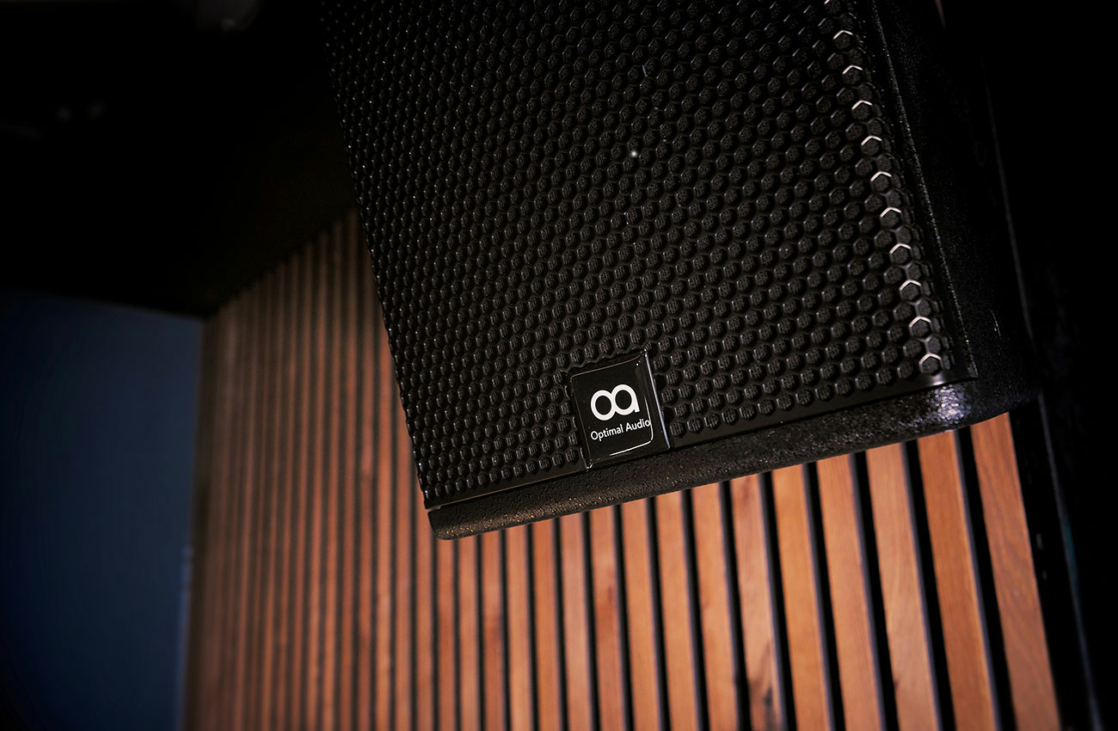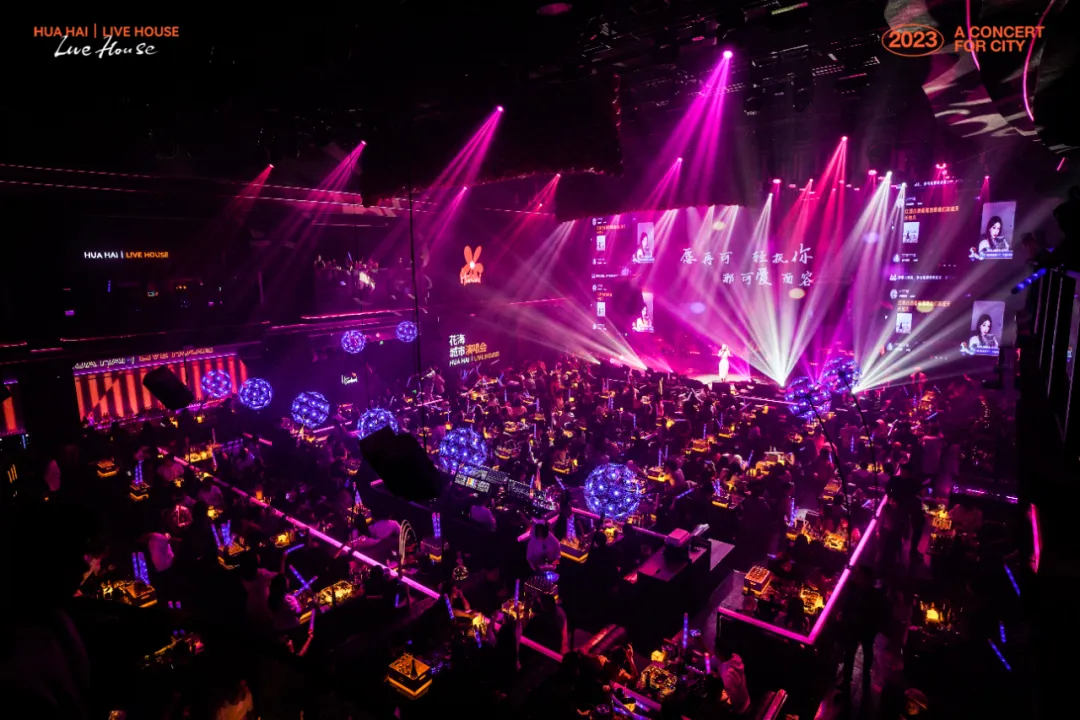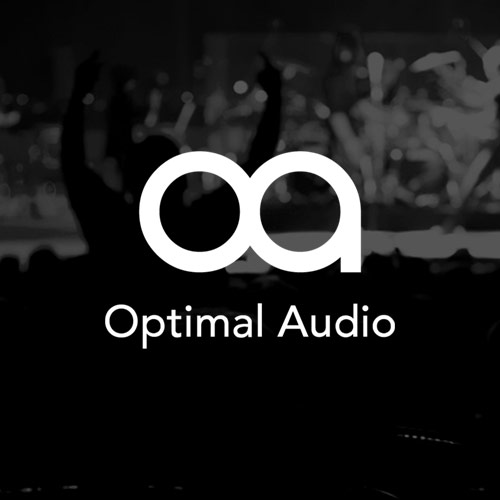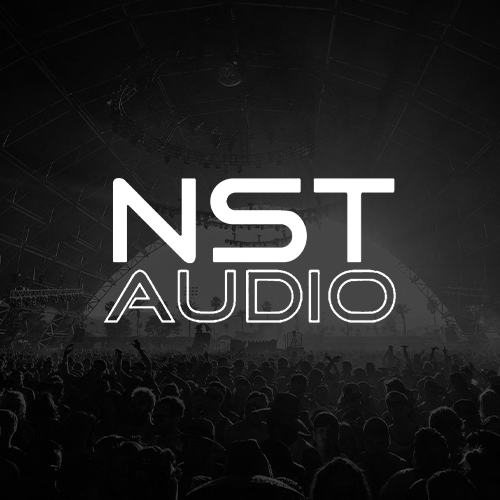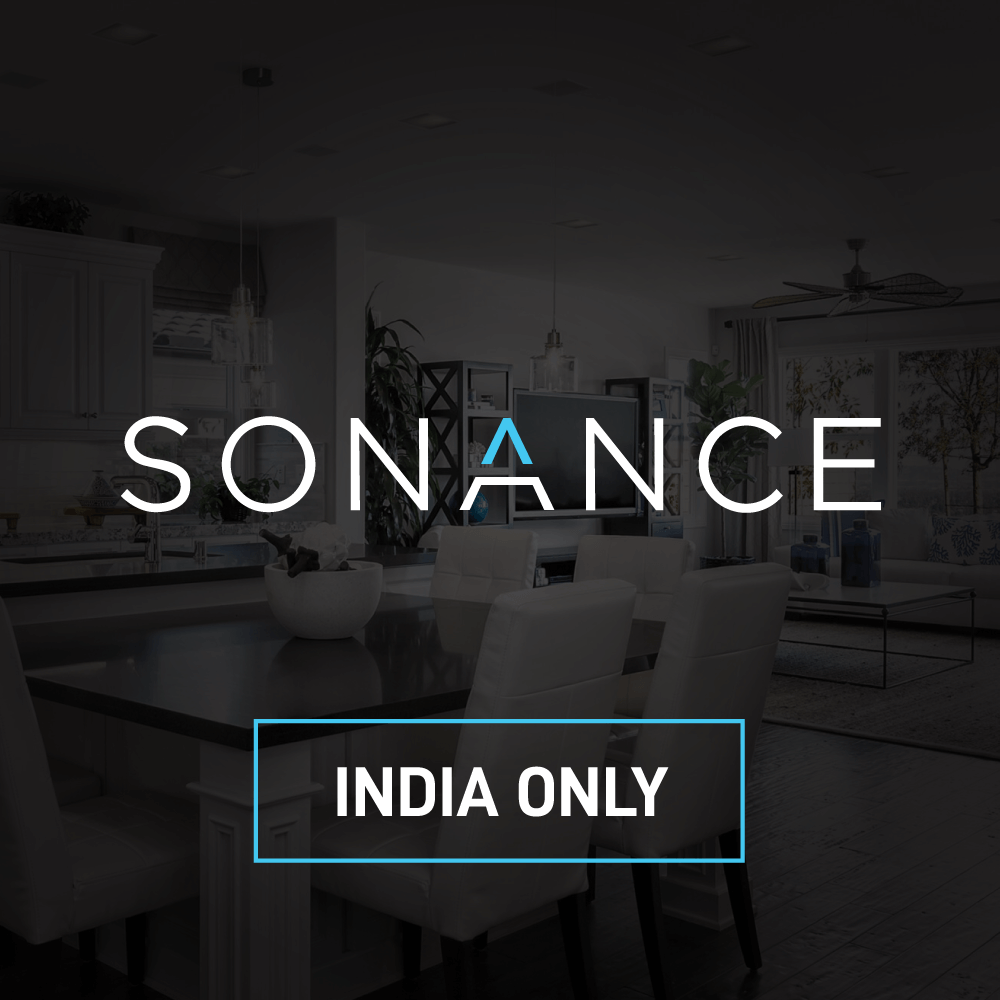Any hospitality venue can use music to communicate the feeling it seeks to evoke—whether it’s a soothing retreat from busy daily life or a contemporary concept venue. The right music and speaker deployment leaves no doubt about it. It will help cement the desired image and reinforce your brand ethos from the very moment of entry, until your customers leave.
Sound, like all the other senses, is a means of establishing an emotional bond with customers. In 1982, Milliman and colleagues conducted research in New York City to examine how music tempo influences buying behaviour. The study found that playing slow music resulted in customers spending more time in the store and a substantial increase (32 percent) in gross sales, as opposed to when fast music was played. By creating a comfortable ambiance that encourages customers to linger and make more purchases, mellow, down-tempo music generates more revenue.
Music triggers a chain reaction within the human body, leading to physical and emotional effects, but it can also trigger strong memories. The first chord of a favourite song can transport a person to an earlier time and translate those emotions to the present. Spending time and budget on décor, furnishings and lighting is important, but many forget about the impact that a great sound-system and the right music can have on sales.
Let music make money for your business
As a business owner in the hospitality industry– be it a hotelier, a restaurant manager or owner of a chain of bars, there is a great opportunity to create the right ambiance, which is both aligned to your brand, as well as will enhance your overall guest experience.
Ambiance is a key ingredient in the delivery of exceptional service, which in turns generates customer loyalty and revenue. If you get this right, you open the door to a fruitful relationship with your customers and partners.
Sound is crucial in setting the exact tone for a space. Loud, buzzy, energetic music immediately gives a vigour and excitement to the air and therefore guests are more exaggerated, flamboyant, and full of energy. Laid-back, sultry music sets a tone for indulgent evenings but at a more relaxed pace. Music is essential to set the pace of the experience.
Stand out from the competition
Businesses are regularly on the lookout for innovative ways to boost their brand for it to stand out, often the simpler, the better. Usually when thinking of the components that create a brand, or customer experience, visual elements such as logo, signage, colours, textures and even smell are considered.
The role of music in establishing an identity is too often overlooked, especially as it’s a cost-effective and direct way to establish desired outcomes.
Music is probably one of the more subconscious inspirations of interior design. A lot of the same elements of interior design are found in music: rhythm, harmony, repetition, movement. Music and design are very much connected. And in the same way a musician will combine all of these musical techniques to create sound-based ambience, designers combine design elements and principles to create physical ambience. Then, when combined, the two really complement one another.
Creating a good sound environment for your guests
Sound affects us 24 hours a day and the difference between a pleasant, well-designed sound environment and an unpleasant, noisy sound environment can be crucial. Both when it comes to the overall experience of the space, but also when it comes to health.
But getting the right background music and ambiance is one thing, what about the sound system itself? It doesn’t matter if they’re playing your favourite song if it sounds ‘tinny’, ‘harsh’ or just ‘incoherent’. Equally, if you’ve invested money into a good sound system, but it takes your staff away from the important jobs at hand because the system is too complex to manage, then it just creating more headaches.
This is where Optimal Audio excels. Ideal for small to medium sized multi-zoned hospitality installations, our streamlined portfolio makes selecting the right product, quick and simple.
Robin Dibble, Optimal Audio technical support engineer comments:
“Ideally, a noise level under 70 decibels in the restaurant is pleasant to the ears and ideal for conversations. Louder music will tend to have a negative impact on the comfort for the customers. Excessively loud music playing in the restaurant is a significant mood spoiler and makes it impossible for the customers to indulge in a conversation.
For bars and pubs, the audio system should be able to sustain between 75 and 90 decibels comfortably, sometimes more. During the day background levels are mostly what is required to allow comfortable conversation. As the day progresses towards the night, venues will want to increase levels to build atmosphere and to allow music to remain at a comfortable level during busy times or become a significant part of the evening’s entertainment.”
Let’s summarise
The right music and a high quality, reliable, and easy-to-use sound system is a crucial ingredient to a successful hospitality venue.
When you choose an Optimal Audio sound system you are choosing a product that will work equally in the background or foreground and provide an ease of management that means you and your staff are focussed on your customers.
The Optimal Audio eco-system
Whether venue staff or audio installers, our mission is to make commercial audio products that are easy to use, affordable and sound great.
Optimal Audio offers a range of on wall, ceiling, and subwoofer loudspeakers that produce warm, coherent and rich sound. Designed by world-class engineers, they offer premium sound quality at a cost-conscious price point. The type of speakers required may be dependent on the type of business they’ll be used for.
Furthermore, our Zone controllers provides the foundation to deliver efficient, high-quality multi-zoned sound systems. When combined with WebApp you unlock the full potential of our loudspeakers via onboard EQs, speaker presets, structured time of day routines and so much more.
This is critical, not to just ensure the sound performance is at its optimum, but to also provide full flexibility for the venue for when maybe music starts and finishes in a given zone and at what the sound level is in those respective areas.

